Panasonic Lumix DMC-LX3
-
-
Written by Gordon Laing
Panasonic Lumix DMC-LX3 vs Canon G9 vs Canon 450D / XSi
Panasonic Lumix DMC-LX3: JPEG versus RAW
We photographed the scene here in the Lumix LX3’s RAW plus Fine JPEG mode, allowing us to directly compare images created from exactly the same data. Below are 100% crops taken from the original JPEG file alongside the RAW version, processed with the supplied Silkypix Developer Studio 3.0SE software using its default settings. The two samples below show significantly different approaches to image processing. The RAW file processed in Silkypix with the default settings is much more refrained and appears fuzzy in comparison. Silkypix, like most RAW developers, offers a broad range of adjustments though, and it’s possible to match the in-camera JPEG style or improve on it. Some tweaking will definitely be required, but it’s worth it if you want to get the best from the LX3. As always, you may also achieve better results with alternative RAW development software. Now let’s look at the Lumix LX3’s resolution in a studio environment. |
Panasonic Lumix DMC-LX3: JPEG |
Panasonic Lumix DMC-LX3: RAW | |
 |  | |
f4, 80 ISO |
f4, 80 ISO |
Panasonic Lumix DMC-LX3 results continued…
 |
outdoor scene |
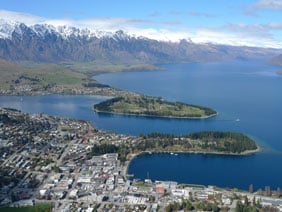 |
To compare real-life performance we shot the same scene with the Panasonic Lumix DMC-LX3, Canon PowerShot G9 and Canon EOS 450D / XSi within a few moments of each other using their Program modes, best quality JPEG and lowest ISO settings. The lenses on each camera were adjusted to deliver the same vertical field of view. The image left was taken with the Panasonic Lumix DMC-LX3 at 7mm f4 and with a sensitivity of 80 ISO; the original JPEG measured 4.19MB. The crops are taken from the upper left, center, lower right and lower left portions of the originals and presented here at 100%. |
First things first: as you’ll see here and on our Gallery page, the Lumix LX3 tends to err on underexposure, presumably to protect highlight areas from saturation. That’s certainly been a wise decision here as in the first row of crops, the Canon G9’s brighter exposure has resulted in blown highlights.
The LX3’s crops do however look slightly dull compared to the Canon G9, and there’s also optical softness in the crop of the mountain ridge from the top left corner. Punchier image processing by default is undoubtedly a factor in the G9’s crisper output, but it also has a sharp lens which, with its two extra Megapixels, is definitely resolving visibly greater detail overall. This is particularly apparent in the final row of crops.
As for the Canon 450D / XSi, its default image processing (like most DSLRs) is more restrained than even an enthusiast’s compact, so side by side, its results look relatively flat. But as we’ve seen before, the kit lens is really letting the side down here, delivering a disappointingly soft result in some areas, particular in the third row, taken from the lower right corner. Results like these prove a decent quality compact at its lowest sensitivity can deliver superior results to a DSLR when coupled with a budget lens.
But back to the compacts, where we’d say the Canon G9 delivers preferable results to the LX3 at 80 ISO (so long as you watch for blown highlights), but you may be surprised to see what happens when the sensitivity is increased. The LX3’s images can also benefit from adjustments to the in-camera processing, or of course by shooting in RAW and processing later. Speaking of which, you can see a comparison of this same scene taken in RAW at the bottom of this page. Alternatively if you want to skip straight to results taken in a more controlled environment, head on to our Panasonic LX3 Studio Resolution page.
Panasonic Lumix DMC-LX3 |
Canon PowerShot G9 |
Canon EOS 450D / XSi with Canon EF-S 18-55mm IS | ||
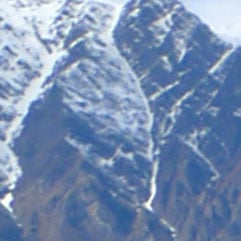 |
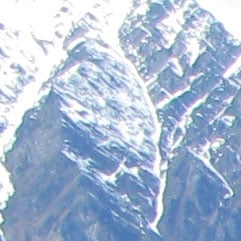 |
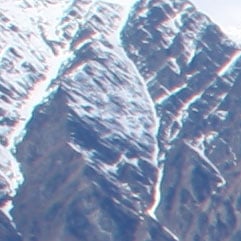 | ||
f4, 80 ISO |
f4, 80 ISO |
f8, 100 ISO | ||
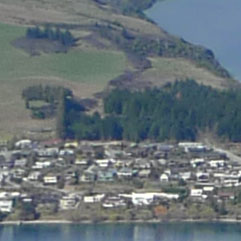 |
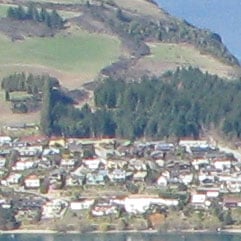 |
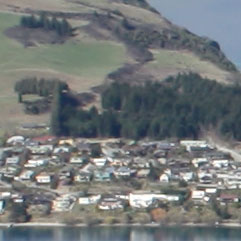 | ||
f4, 80 ISO |
f4, 80 ISO |
f8, 100 ISO | ||
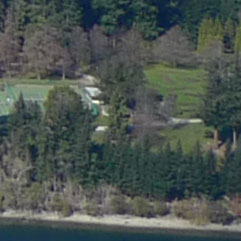 |
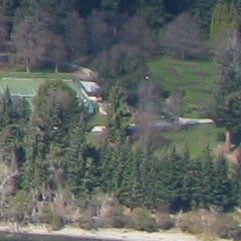 |
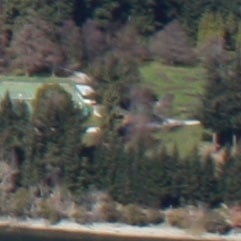 | ||
f4, 80 ISO |
f4, 80 ISO |
f8, 100 ISO | ||
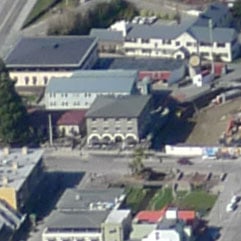 |
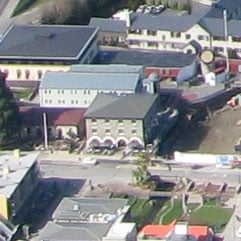 |
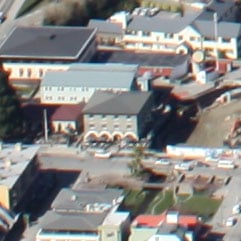 | ||
f4, 80 ISO |
f4, 80 ISO |
f8, 100 ISO |



